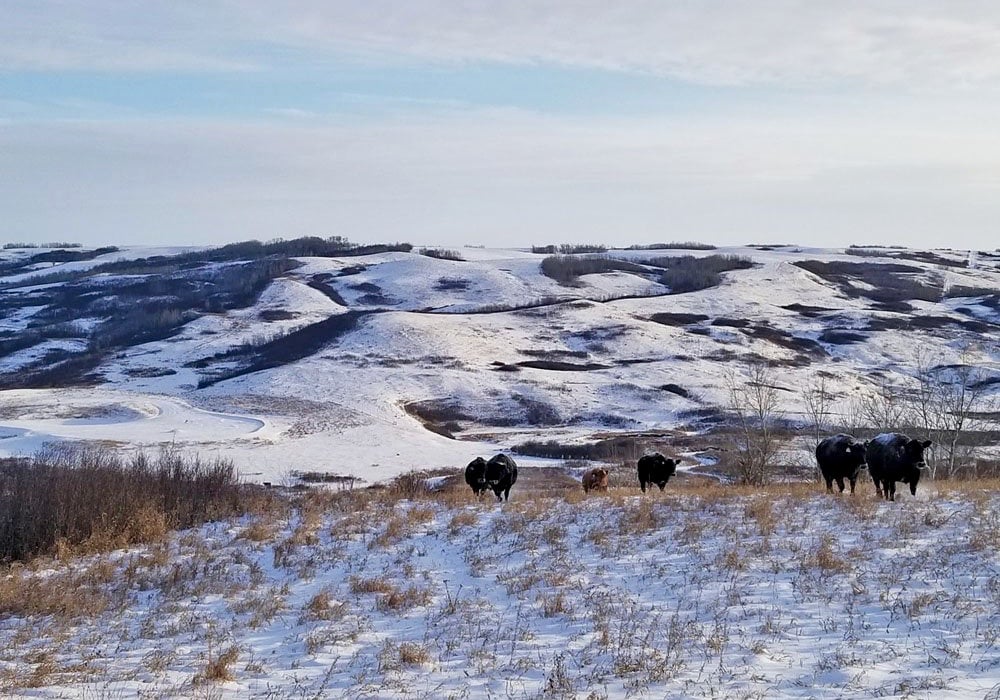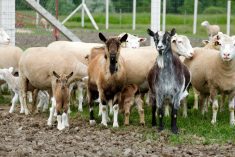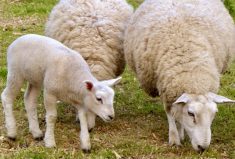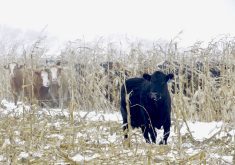Parasites in small ruminants can become a production problem that can’t be solved by throwing dewormer on your animals once a year. Keeping a parasite load low requires a strategy and good management.
“Your goal is not to be completely free of parasites,” said Lynn Tait, small-ruminant veterinarian and co-owner of OC Flock Management. “That is not possible. It’s not even in your best interest.”
If animals don’t have some exposure, they would be completely overtaken by any parasite arriving on the farm.
Read Also
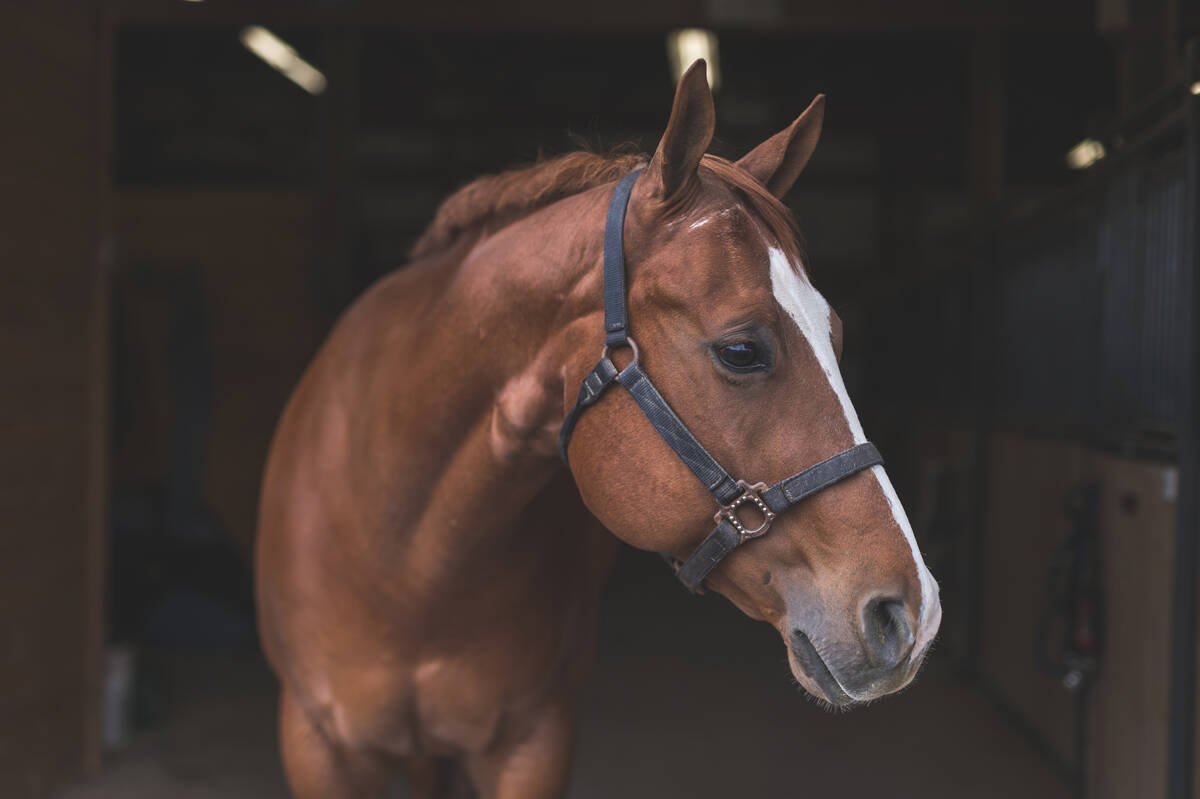
Canada’s slaughter horse industry lacks transparency
Horse slaughter is a fraught issue right now in the Canadian livestock sphere. The author writes that, while it has a role, traceability, transparency and humane handling must be in play.
“The goal of your program is that you want the level of parasites on your farm to a level that has minimal effect on health and productivity,” she said. “We’re not going for zero. We’re going for that equilibrium point.”
Parasite management requires an integrated approach and uses a variety of tools to be sustainable and minimize the risk of drug resistance.
“Deworming just to knock out parasites is not sustainable,” Tait said at the small-ruminant day at Farmfair last month.
Design a parasite management plan with your flock veterinarian tailored to your farm. As well, cool, wet conditions increase the problem and remember that parasites are dormant during the winter and become active in the spring.
“What’s in the animal is now hibernating in the rumen and you’re not going to touch it now. You have to get your brain around it for spring,” said Tait, a sheep producer with a veterinary practice in Bowden.
Managing pasture contamination is also key and lambs and kids are a major source of parasite contamination in the mid- to late-grazing season. The babies aren’t born with parasites, nor with resistance. But when they start grazing, they often leave thousands of eggs on the pasture in their manure.
The parasitic egg count in ewes or does is highest when animals are close to birth or lactating, which corresponds with spring lambing or kidding cycles.
“The two go together — because industry-wide, spring is the normal time,” said Tait. “If we did nothing to manage our sheep and goats, they would naturally want to get pregnant now and give birth in April or May,” she said.
Ewes or does that give birth in January or February will not have the same rise in parasitic egg counts.
It’s not the eggs that are infective but the larvae, and not all stages are infective for all parasite species. Most have a 10- to 20-day window where they are infective. Proper pasture rotation and timing are key.
“If you rotate around in a two-week cycle and you’ve just come back when the larvae are infective, you’ve just made your problem worse, not better,” said Tait. “A lot of people are using pasture rotation as part of a management program for nutrition, for grass management, and for parasite management. But I’ve actually seen cases where they timed their pasture rotation so they’ve made their parasites worse.”
There are a number of different strategies that can be used. Some people graze sheep or goats on a pasture, followed by horses. (Sheep and goats share a lot of the same parasites, so they should never be grazed together.) Goats are more susceptible to parasites, so they should be grazed on a pasture before sheep. Since small ruminants share few parasites with cattle (and even fewer with horses), it’s good practice to graze cattle after them. This also reduces the risk of Johne’s for goats and sheep. Leaving the grass a bit longer also reduces the risk of parasite ingestion.
Finally, don’t put them on a pasture with their moms.
“Wean them and put them out on a pasture alone, so they’re not as susceptible,” said Tait.
The Ontario Sheep Marketing Agency has created the 5 STAR program for parasite management which can be viewed at ontariosheep.org.






